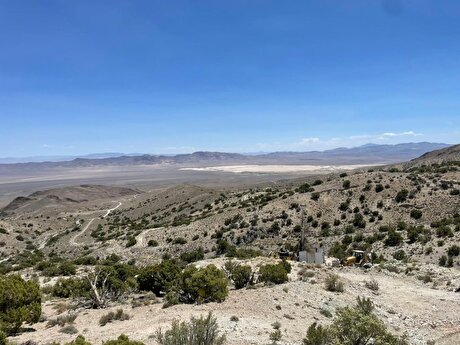
Iran H1 Economic Growth at 5.6%
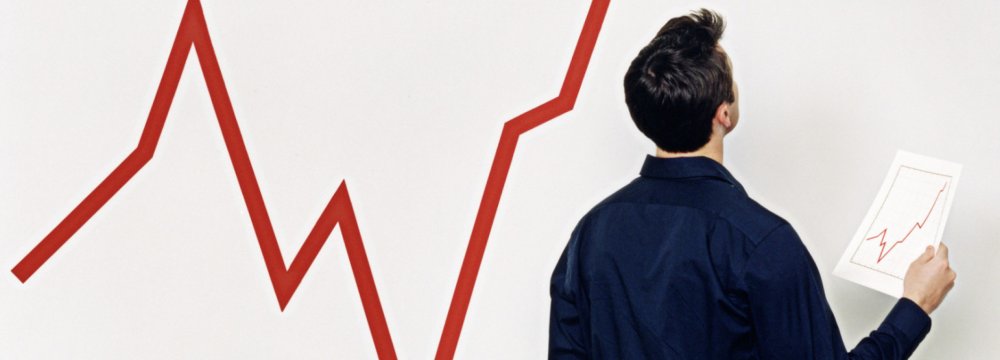
The report shows gross domestic product stood at 3.82 quadrillion rials ($91.29 billion at current exchange rates) for the six months including the oil sector and 3.05 quadrillion rials ($73.01 billion) excluding it.
According to SCI, agricultural production expanded by 0.9% as the industry sector (comprised of crude oil, natural gas and other mineral extractions, industrial production, energy and construction) grew by 4.4%.
The services sector saw the highest growth of 7.2% during the first half of the current year.
Oil Expansion Slows Post Sanctions
Notably, oil sector growth is considerably smaller compared to the massive expansions seen one year after the implementation of the nuclear deal in January 2016, which marked the official removal of economic sanctions.
The deal, otherwise known as Joint Comprehensive Plan of Action, was signed between Iran and the six world powers in July 2015.
Last fiscal year (March 2016-17), oil production expanded by a staggering 61.6%.
The JCPOA made it possible for Iran to significantly boost oil production, which had fallen drastically after the sanctions were tightened in 2012.
Government data show Iran’s crude oil production reached 3.8 million barrels per day by the end of the last fiscal from around 3 million bpd the previous year.
Under the sanctions regime, crude output fell to 2.5 million barrels daily and exports were limited to barely 1 million bpd to a few customers in Asia.
Iran is allowed to pump an average of 3.8 million bpd by March 2018 under an OPEC deal aimed at eroding global inventories and lifting sagging crude prices.
On average, Iran exported 400,000 barrels daily, or 64 million liters per day, of oil byproducts to buyers in the Middle and Far East in fiscal 2016-17, up from around 220,000 bpd in the previous fiscal year.
Outbound shipments of oil byproducts are expected to rise by 200,000 barrels a day to 600,000 barrels daily in the current fiscal year, according to a report by the National Iranian Oil Products Distribution Company.
However, as crude production reaches pre-sanction levels, there is not much room left for growth in this key sector.
"Growth has begun to broaden to the non-oil sector," read a statement by Catriona Purfield, who led an International Monetary Fund team to Iran earlier this month.
Iran’s economy emerged from recession in fiscal 2014-15 with a 3% growth after two years of recession when the economy contracted 5.8% and 1.9% back to back, according to the Central Bank of Iran.
Growth in 2015-16 has been put at -1.6% by the Central Bank of Iran and 0.9% by SCI.
SCI and CBI both publish periodic statistics on the national economy, but their data often differ, as they use different methods and formats.
CBI has put 2016-17 growth at 12.5% while the SCI says it was much lower and near 8.3%.
Projections by World Bodies
The IMF expects Iran's real GDP growth to reach 4.2% in 2017-18, projecting it to be sustained or even rise toward 4.5% over the medium-term, if financial sector reforms take hold.
"Notwithstanding the recovery, the economy faces near-term challenges. Rising financial vulnerabilities and external uncertainty argue for the urgent implementation of the planned financial sector reform. A coordinated reform package that also sees the government take additional fiscal measures to reduce debt, unify the exchange rate and transition to a market-based monetary policy framework would send a strong signal of the authorities’ commitment to stability," a IMF report reads.
Referring to the untapped potential of Iranian women when it comes to economic participation, the IMF believes the economy has much room to see further growth.
"Iran’s highly-educated women are an untapped source of growth and productivity. Reducing legal and, social barriers and pay gaps; subsidizing child care to low-income women; and tackling informality would create job opportunities for women and ultimately boost GDP."
Meanwhile, the World Bank, in its latest “Iran’s Economic Outlook” report, sees stronger growth for Iran in 2018-19 “as investment growth turns positive and accelerates along with more political and economic stability”. It estimates a 3.6% GDP growth at constant market prices and 3.5% at constant factor prices for the Iranian economy in 2017. The estimates for 2018 and 2019 are at 4% and 4.3% at constant market prices and 3.9% and 4.1% at constant factor prices respectively.
And the United Nations, in its latest World Economic Situation Prospects, has forecast a 5.3% economic growth for Iran in 2017, noting that the growth is projected to settle at 5.1% and 5% over the next two following years respectively.
“The economic situation in the Islamic Republic of Iran has improved visibly in recent years. In 2017, GDP growth remained relatively robust at 5.3%, after surging by an estimated 12.5% in 2016 due to a strong expansion of oil production and exports. GDP growth is expected to remain above 5% in 2018 and 2019, supported by easing monetary conditions and an improving external sector,” the UN report reads, adding that future economic growth in Iran depends on attraction of foreign direct investment.
"The moderately favorable outlook is contingent on the capacity to attract foreign investments and is subject to significant geopolitical risks and uncertainties."
The Central Bank of Iran has forecast an economic growth of at least 5% for the current Iranian year that ends on March 20, 2018.


Gold price eases after Trump downplays clash with Fed chair Powell

Copper price hits new record as tariff deadline looms

Brazil producers look to halt pig iron output as US tariff threat crimps demand

Three workers rescued after 60 hours trapped in Canada mine

Gold price could hit $4,000 by year-end, says Fidelity

US targets mine waste to boost local critical minerals supply

Energy Fuels surges to 3-year high as it begins heavy rare earth production

Glencore workers brace for layoffs on looming Mount Isa shutdown

Chile’s 2025 vote puts mining sector’s future on the line

Kinross divests entire 12% stake in Yukon-focused White Gold

Gold price could hit $4,000 by year-end, says Fidelity

Southern Copper expects turmoil from US-China trade war to hit copper

Ramaco Resources secures five year permit for Brook rare earth mine in Wyoming

Column: EU’s pledge for $250 billion of US energy imports is delusional
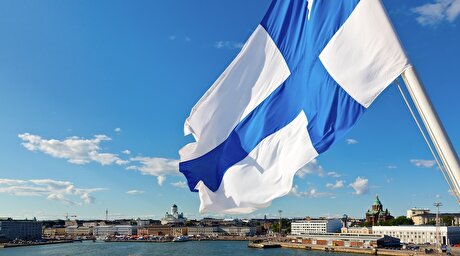
Finland reclaims mining crown as Canada loses ground
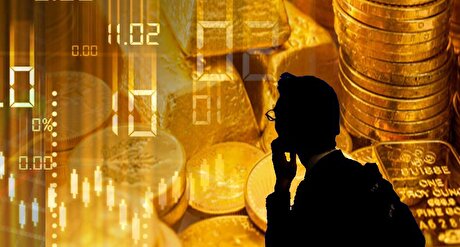
Gold price down 1% on strong US economic data
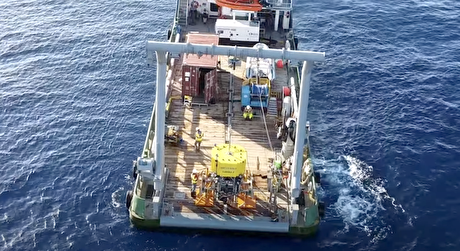
Trump’s deep-sea mining push defies treaties, stirs alarm

Chile’s 2025 vote puts mining sector’s future on the line
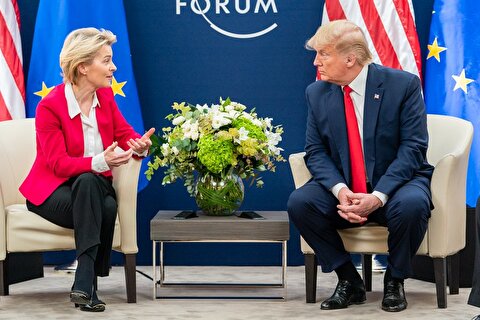
Gold price retreats to near 3-week low on US-EU trade deal

Gold price could hit $4,000 by year-end, says Fidelity

Southern Copper expects turmoil from US-China trade war to hit copper

Ramaco Resources secures five year permit for Brook rare earth mine in Wyoming

Column: EU’s pledge for $250 billion of US energy imports is delusional

Gold price down 1% on strong US economic data

Trump’s deep-sea mining push defies treaties, stirs alarm

Chile’s 2025 vote puts mining sector’s future on the line

Gold price retreats to near 3-week low on US-EU trade deal
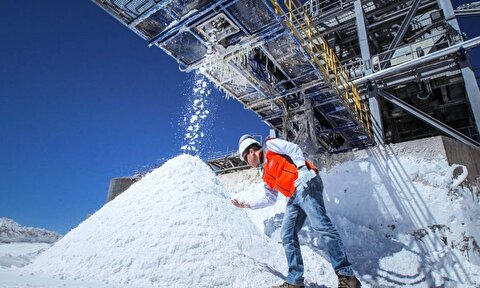
China’s lithium markets gripped by possible supply disruptions
